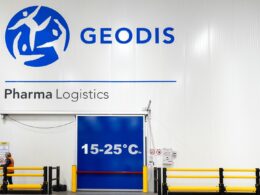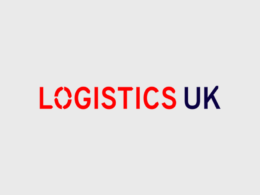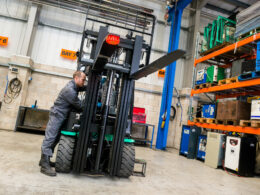Over the years, the balance of power in the customer experience has been shifting. Service has become a focal point and just about outweighs any other aspect of a purchasing experience. For the manufacturing industry in particular, the growing gap between customer expectations and after-sales service realities has pushed manufacturers into major renovations to their businesses and, ultimately, the shift to servitisation. This shift, where manufacturers must evolve from selling their products outright to selling the outcome or value that products deliver, means focusing more on repair prevention and maximising product uptime, rather than retroactively fixing product failures once they’ve happened.
Moving away from the break-fix model
The break-fix model of manufacturing has virtually been the way the industry has operated since day one. This, of course, means that a complete overhaul, or even just a partial shift, cannot occur overnight, given how ingrained it is within each aspect of a manufacturer’s business. In addition, making such a large shift in business operations comes at a significant upfront investment — including paying for technology costs, retraining employees, hiring and so on. So, getting buy-in from the boardroom can be challenging. However, the benefits of servitisation are very attractive once the shift is made.
At Syncron, we have spoken to several service experts about what companies must do to hit the ground running in switching over to servitisation. Below are three key takeaways from our conversations:
1. Incorporate automation and machine learning
“Replace historically manual activities with automation and machine learning, like in your forecasting, for example. If you can apply machine learning and [historically excluded] data, forecast accuracy can ultimately make a huge impact.” – Kurt Ranka, Principle Director at Accenture.
2. Study customer behaviours
“Look at everything that’s not a value-add to your customers and decide if it’s a priority to you. If the customer is not willing to pay for it, then you shouldn’t [spend time on it]. Time is the one commodity that you can buy, barter or trade, so the quicker customers can get to do what they want to do, the better. ‘Easy-to-do-business-with’ is more valuable than ever.” – Jon Dickinson, Director of Aftermarket Sales at Spartan Motors.
3. Challenge, change and create
“I started in the business at Honda Motors and learned to always challenge, change and create. Go into things and ask why you do them that way; question it and try to create a new way to do them. Nokia lost their principle because they couldn’t execute this – they couldn’t transition into the smartphone industry and they got left behind.” – Jay Johnson, General Manager, Daimler Trucks North America.
Customer demand for change
Traditional, break-fix service business models were intentionally designed to fail at some time during their lifecycle. This model created opportunities for manufacturers to sell high-margin parts and service, which worked initially because the responsibility of the repair (i.e. maintenance and uptime) fell on the customer. But that model won’t cut it anymore in today’s always-connected world, where customers are demanding a change.
In an industry that has been coping with uncertainty for several years, the space is ready for innovation. With servitisation, manufacturers can modernise their operations, and align themselves better with customer expectations and needs. Moreover, it simply delivers better results for customers and helps them drive revenue and growth in return.
Each year presents new opportunities for manufacturers, and it’s always interesting to see how things materialise. It will be intriguing to see through 2019 which companies invest in the technologies that enable them to maximise product uptime and start reaping the benefits of servitisation.
For an extended look at predictions on servitisation from around the industry, please feel free to download Syncron’s newest “2019 After-Sales Service Predictions” eBook.













